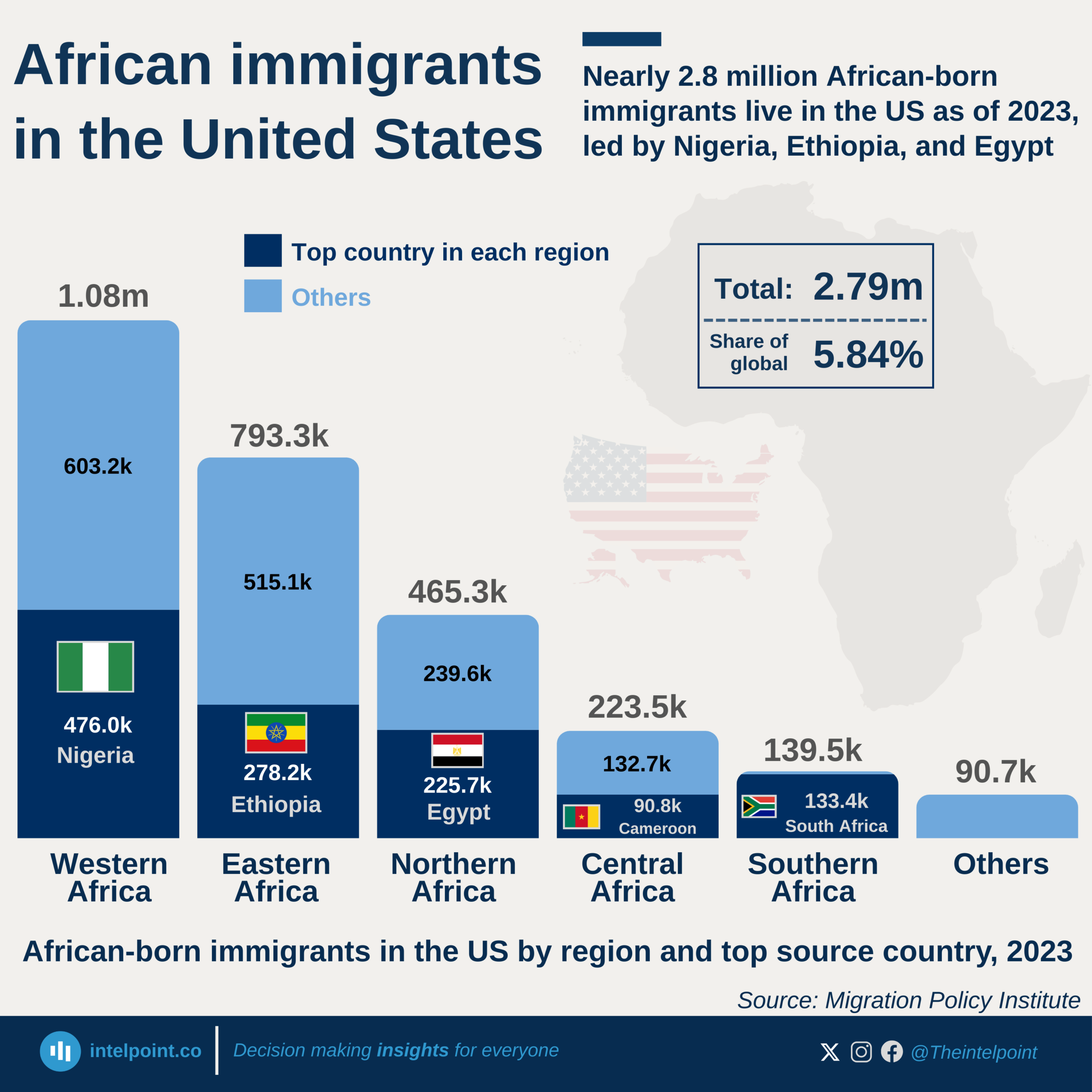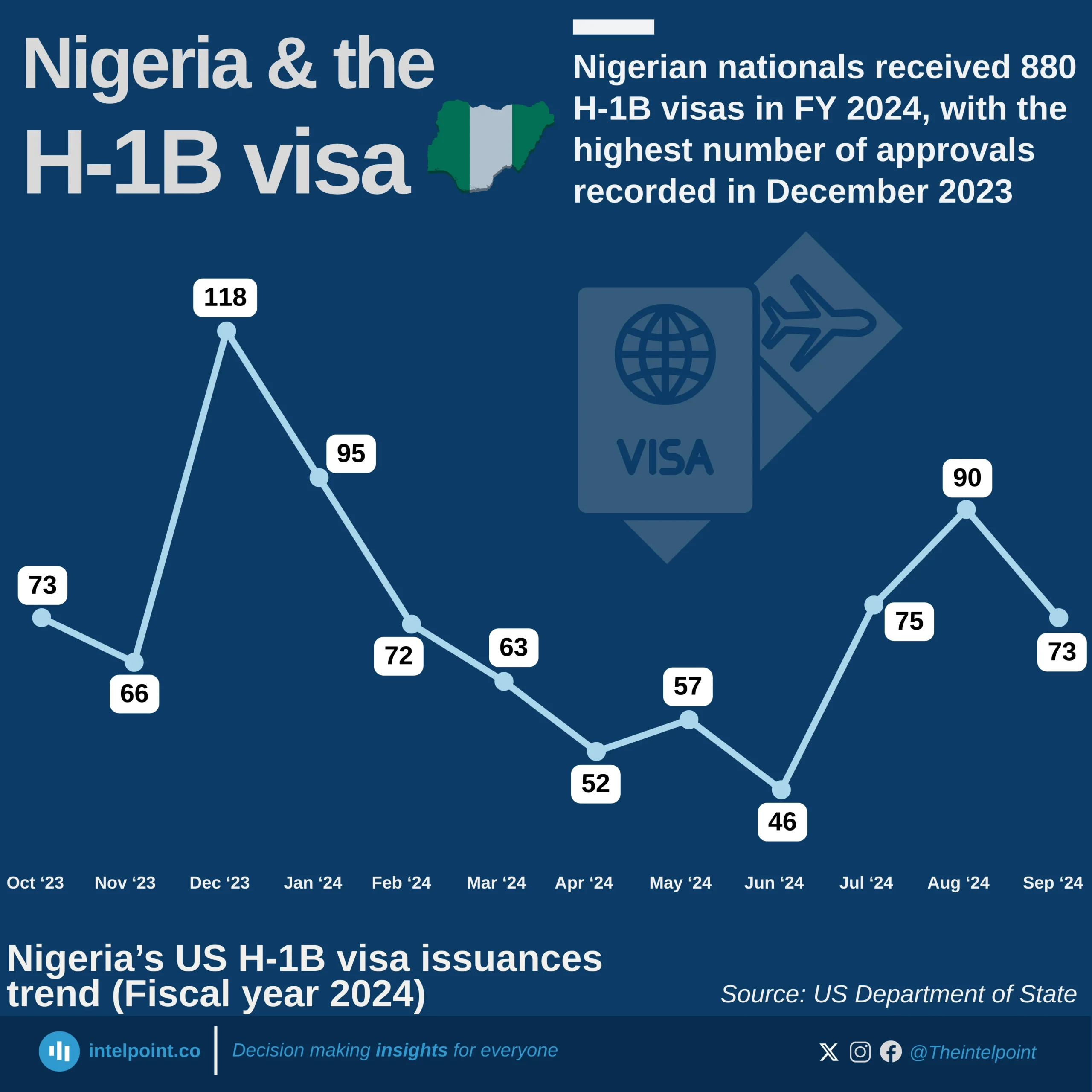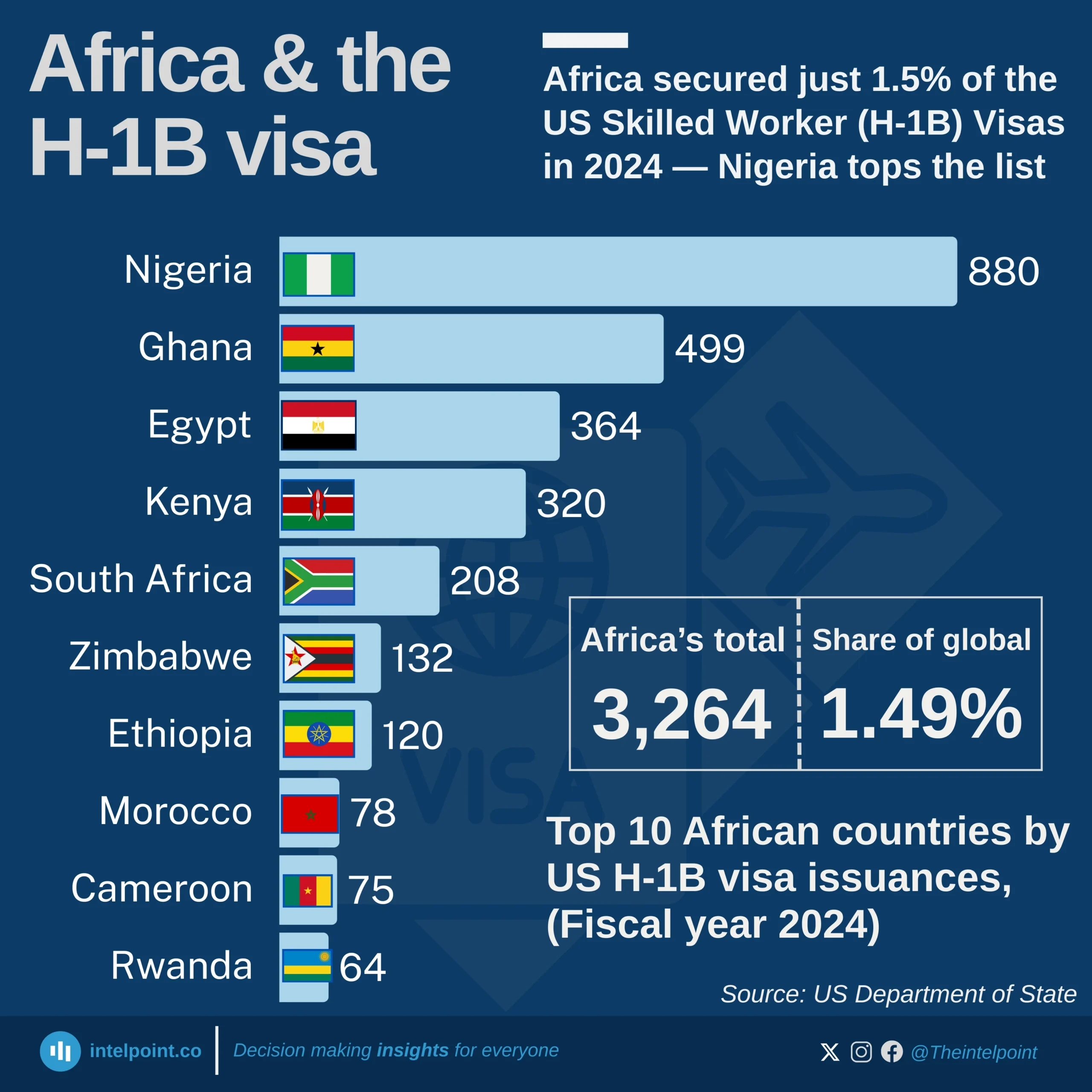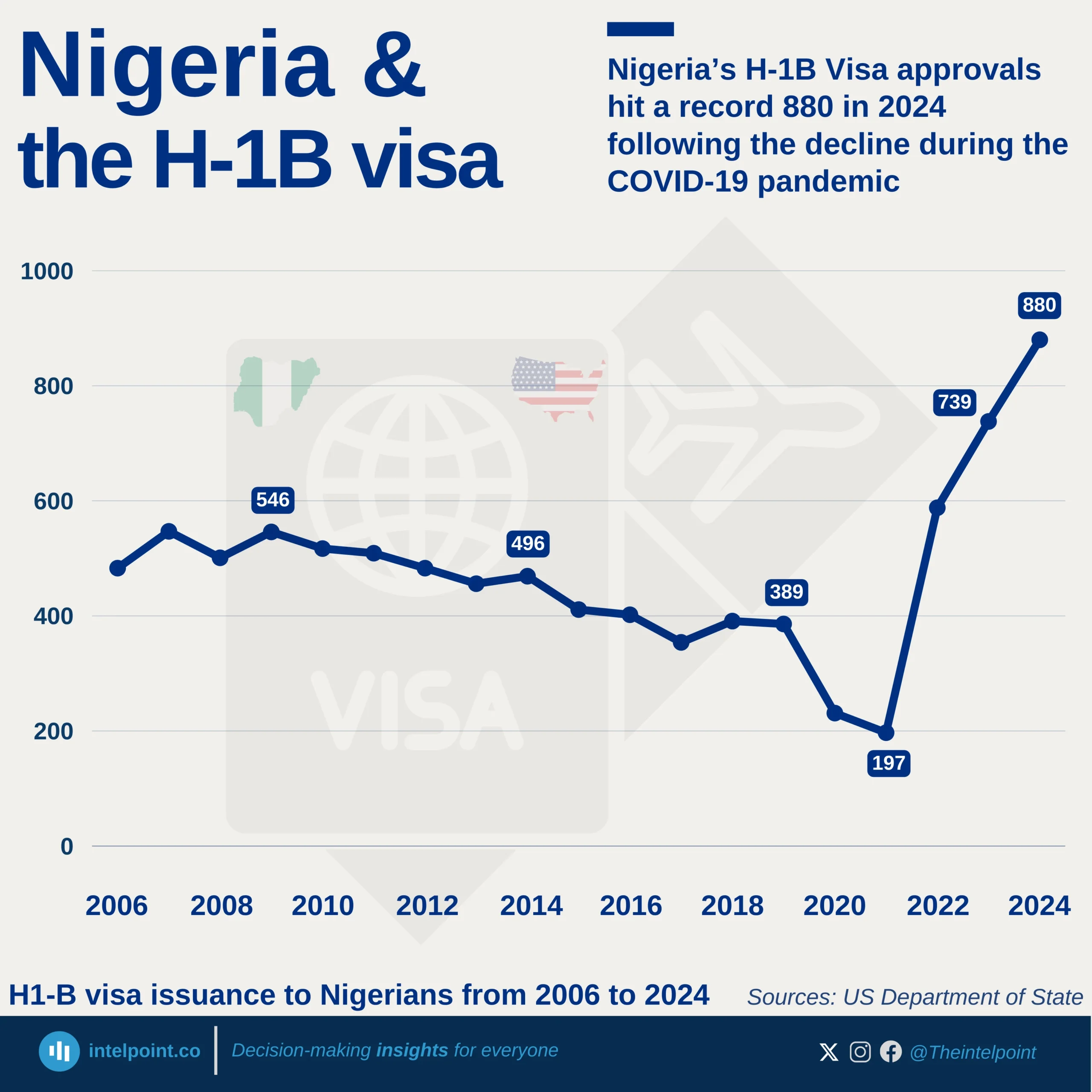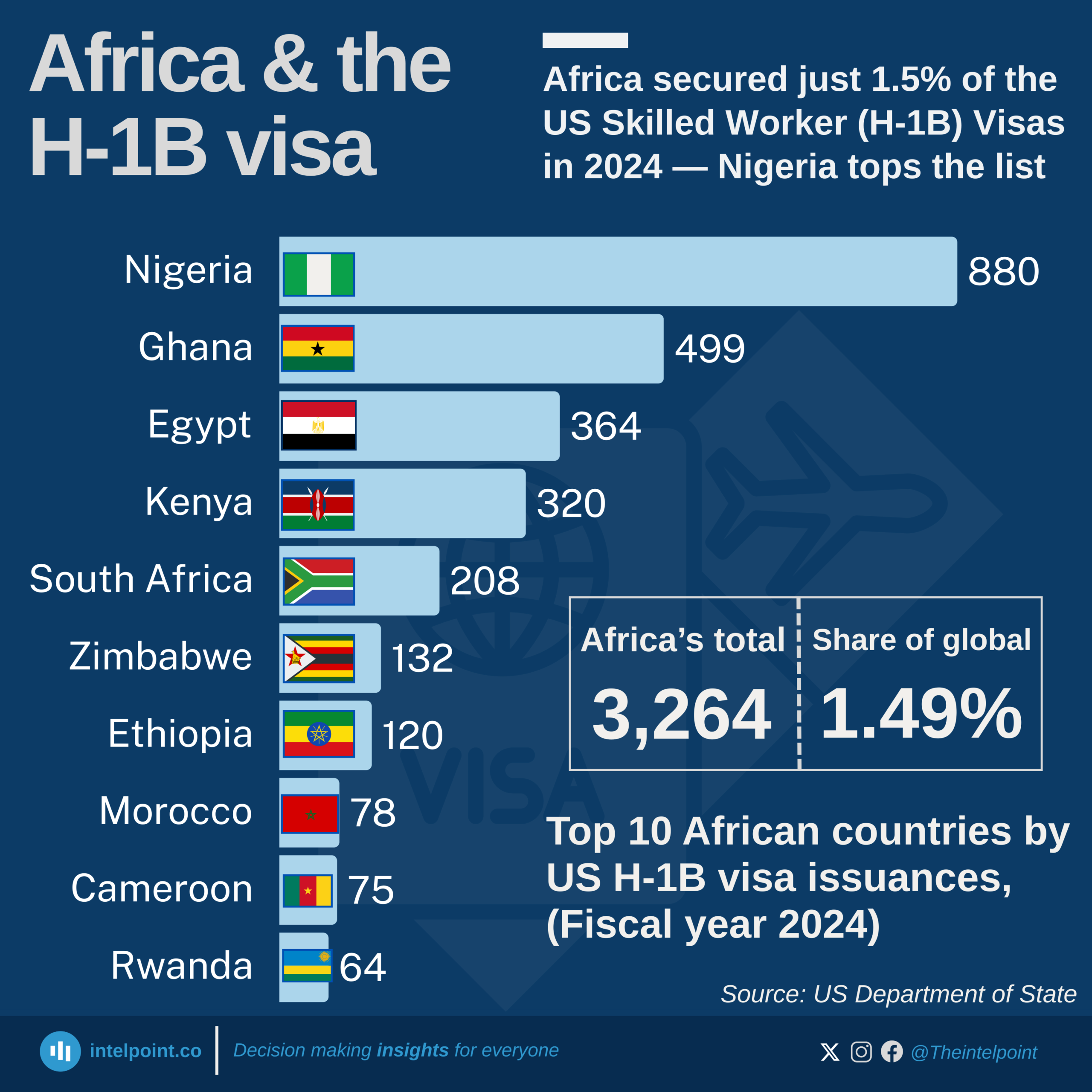The H-1B visa programme allows U.S. employers to hire highly skilled foreign workers in specialty occupations such as IT, engineering, and healthcare. Each fiscal year, employers submit petitions (formal applications to sponsor workers), but not all are approved, since approvals depend on U.S. Citizenship and Immigration Services (USCIS) review, annual caps, and eligibility criteria.
From FY 2020 to FY 2024, the data shows a pattern of rising and falling demand. The highest activity came in 2022, when filings exceeded 474,000, though nearly 32,000 were not approved. Interestingly, in 2021, approvals outpaced filings, likely due to backlog clearance or rolled-over petitions. In contrast, 2023 recorded the lowest filings and approvals at just 386,000, reflecting either reduced employer demand or tighter regulatory enforcement.
By 2024, demand bounced back with over 427,000 petitions filed, but approvals fell short at 399,402. Overall, the data highlights how the H-1B system balances employer demand for global talent with immigration controls, resulting in fluctuating outcomes across the years.
